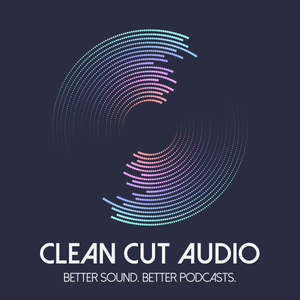
Clean Cut Audio | The Science of Sound and the Art of Great Podcast Audio
Clean Cut Audio
1 Creator
1 Creator

1 Listener
All episodes
Best episodes
Top 10 Clean Cut Audio | The Science of Sound and the Art of Great Podcast Audio Episodes
Goodpods has curated a list of the 10 best Clean Cut Audio | The Science of Sound and the Art of Great Podcast Audio episodes, ranked by the number of listens and likes each episode have garnered from our listeners. If you are listening to Clean Cut Audio | The Science of Sound and the Art of Great Podcast Audio for the first time, there's no better place to start than with one of these standout episodes. If you are a fan of the show, vote for your favorite Clean Cut Audio | The Science of Sound and the Art of Great Podcast Audio episode by adding your comments to the episode page.
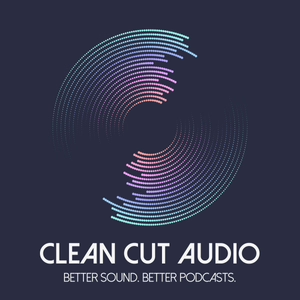
23. Ear Training and Critical Listening Exercises to Better Hear and Mix Podcast Audio
Clean Cut Audio | The Science of Sound and the Art of Great Podcast Audio
06/11/20 • 33 min

1 Listener

4. How Community Will Take Your Podcast, Your Business, and Your Life to the Next Level
Clean Cut Audio | The Science of Sound and the Art of Great Podcast Audio
01/30/20 • 18 min
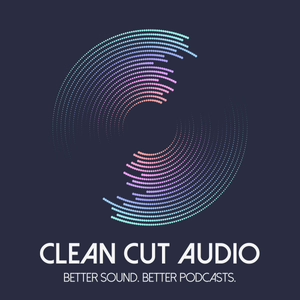
27. Compression for Color, Tone, and Depth
Clean Cut Audio | The Science of Sound and the Art of Great Podcast Audio
07/16/20 • 24 min
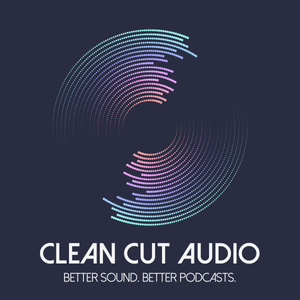
Summer Break and the Future of Clean Cut Audio
Clean Cut Audio | The Science of Sound and the Art of Great Podcast Audio
08/07/20 • 16 min
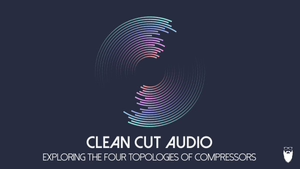
28. Explaining and Listening to the 4 Topologies of Compressors (VCA, FET, Opto, and Vari-Mu)
Clean Cut Audio | The Science of Sound and the Art of Great Podcast Audio
07/30/20 • 22 min
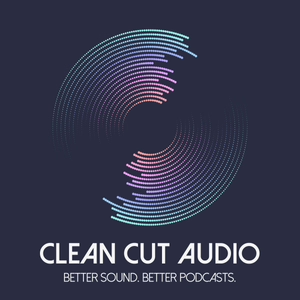
13. Frequency Response, Perceived Loudness, and the Fletcher Munson Curve. The Science of Sound 201
Clean Cut Audio | The Science of Sound and the Art of Great Podcast Audio
03/26/20 • 29 min
Full show notes at www.cleancutaudio.com/podcast/13
My Signal Chain Hardware: Audio Interface: Apogee Ensemble Microphone: Shure SM7b Headphones: Audio-Technia ATH-M50x Earbuds: Klipsch R6i II Studio Monitors: Yamaha HS7 Mic Stand: Rode PS1A Boom Arm Software: IzoTope RX6 De-Mouth Click IzoTope RX6 Voice De-Noise FabFilter ProQ3 Waves Vocal Rider Waves CLA2A Waves L2 Limiter Waves WLM Meter Waves Durrough Meter -Save 10% off the plugins above with this affiliate link from Waves!- *most of these links are affiliate links Midroll Song: Road Trip by Joakim Karud Closing Song: Future Funk by Joakim Karud http://www.joakimkarud.com For more info, or to ask any questions, check out my website and reach out to [email protected]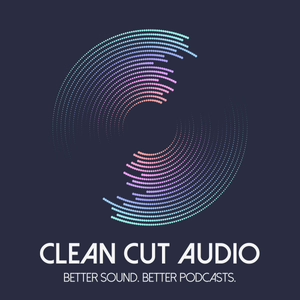
24. Noise Reduction in the Recording and in Post Production
Clean Cut Audio | The Science of Sound and the Art of Great Podcast Audio
06/18/20 • 27 min
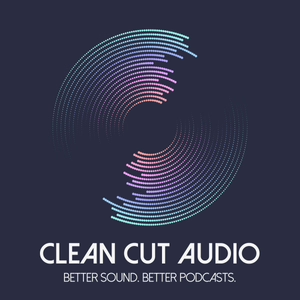
26. What My Dog Taught Me About Love, Audio, and Community
Clean Cut Audio | The Science of Sound and the Art of Great Podcast Audio
07/09/20 • 19 min
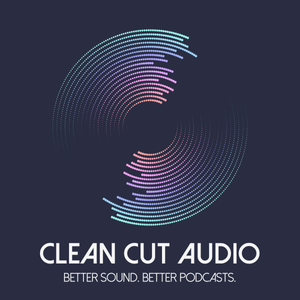
25. How to Become an Amazing Podcast Engineer (without a degree in audio production)
Clean Cut Audio | The Science of Sound and the Art of Great Podcast Audio
07/02/20 • 26 min

2. Why Your Podcast NEEDS to Sound Great, and My 2020 Predictions
Clean Cut Audio | The Science of Sound and the Art of Great Podcast Audio
01/30/20 • 18 min
Show more best episodes

Show more best episodes
Featured in these lists
FAQ
How many episodes does Clean Cut Audio | The Science of Sound and the Art of Great Podcast Audio have?
Clean Cut Audio | The Science of Sound and the Art of Great Podcast Audio currently has 30 episodes available.
What topics does Clean Cut Audio | The Science of Sound and the Art of Great Podcast Audio cover?
The podcast is about How To, Courses, Podcasts and Education.
What is the most popular episode on Clean Cut Audio | The Science of Sound and the Art of Great Podcast Audio?
The episode title '23. Ear Training and Critical Listening Exercises to Better Hear and Mix Podcast Audio' is the most popular.
What is the average episode length on Clean Cut Audio | The Science of Sound and the Art of Great Podcast Audio?
The average episode length on Clean Cut Audio | The Science of Sound and the Art of Great Podcast Audio is 25 minutes.
How often are episodes of Clean Cut Audio | The Science of Sound and the Art of Great Podcast Audio released?
Episodes of Clean Cut Audio | The Science of Sound and the Art of Great Podcast Audio are typically released every 7 days.
When was the first episode of Clean Cut Audio | The Science of Sound and the Art of Great Podcast Audio?
The first episode of Clean Cut Audio | The Science of Sound and the Art of Great Podcast Audio was released on Jan 6, 2020.
Show more FAQ

Show more FAQ
